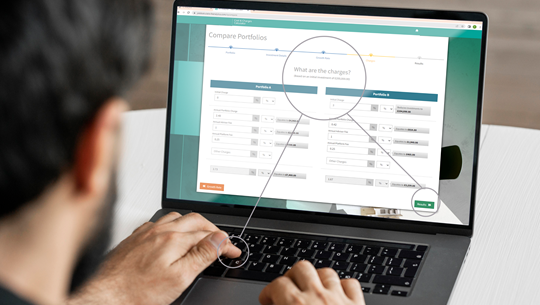First, we need to clarify that the IDD covers the distribution of two distinct types of insurance – non-life (general) insurance and Insurance-Based Investment Products (IBIPs).
The IDD requires greater product governance by manufacturers and distributors, including identification of the target market, and disclosure to customers of product features and costs and charges. For those familiar with MiFID II, this will ring bells. Indeed, in terms of disclosure and product governance, the IDD is effectively MiFID II for life products.
There are different obligations on the two types of insurance product. Non-life insurance products must produce an Insurance Product Information Document (IPID), a prescribed two-page, non-marketing summary of the policy document, complete with prescribed visuals.
IBIPs generally have a PRIIPs Key Information Document (KID), produced under that regulation. But, unlike UCITS funds and PRIIPs such as investment trusts, IBIPs are not subject to the client reporting requirements under MiFID II. So along came the IDD to level the playing field; similar to the PRIIPs regulation, it ignores the product structure and focuses on what it aims to deliver for clients.
Since MiFID II and PRIIPs came in at the start of 2018, distributors of investment funds need to provide clients with a pre-sale (“ex ante”) costs and charges report and an illustration of the effect of those charges on investment returns, as well as KIIDs and/or KIDs. Also, both providers and distributors need to beef up their product governance processes to identify the potential target market, including any negative target market. From next year, they will provide personalised post-sale (“ex post”) reports of the actual costs and charges an investor has paid over the last year.
With IDD coming in on 1 October 2018, distributors of IBIPs will then need to provide clients with ex ante costs and charges and an effect-of-charges illustration, which means manufacturers will need to supply them with something similar to the European MiFID Template (EMT).
In some ways, the exact requirements of IDD are very clear, with the new FCA rules often referring to MiFID II and IDD in the same breath, so the obligations on firms are the same. In other ways, however, things are still not completely clear. While MiFID II is clear about the details of exactly what needs to be reported, IDD doesn’t (yet) go into that much detail.
On the target market, the FCA will only provide final rules in its third IDD Policy Statement, once they’ve finished consulting on the product intervention and governance sourcebook, whenever that may be. In the meantime, at FE we are looking to progress with our own version of what we expect will be required, based on MiFID II and EMT. At least the IDD is consistent with MiFID II in its definition of what constitutes non-complex products, which are available to all investors on an execution-only basis.
Unlike for PRIIPs and MiFID II, there has been no move yet to devise a common European IBIP template to transfer data from providers to distributors, so we are engaging with the industry to make sure there is a standard template, which will be available through the FE portal that hosts our templates for MiFID II, PRIIPs and Defined Contribution Workplace Pensions.
To find out more about how we can help click here.


